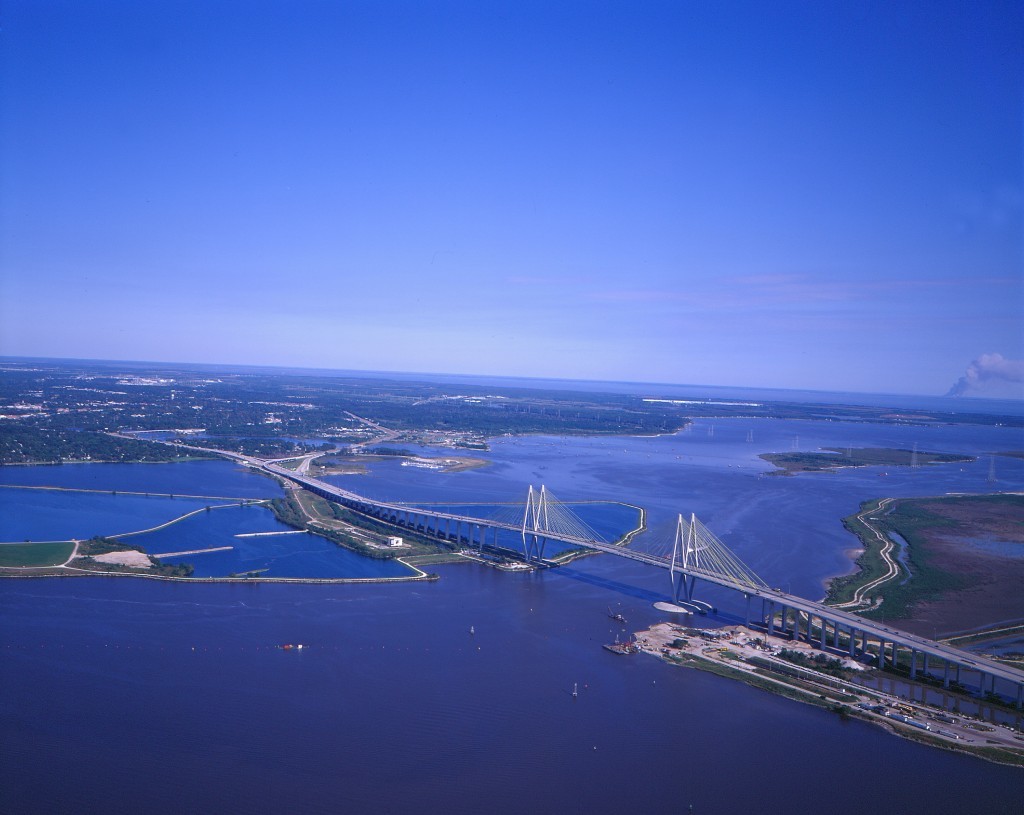
Thirty years ago, times were so tough in Houston that Steve Zimmerman introduced the Oil Barrel Special, a three-course lunch tied to the plummeting price of crude.
He revived the special at his restaurant Cinq in January, in the midst of another precipitous decline, but there haven’t been many takers, about 10 a week compared with the 70 a day who used to queue for the chance to enjoy filet mignon for a steal. Houston — known in some parts of town as the Energy Capital of the World — has been doing just fine in this oil bust.
“In the 1980s, there was a major crisis,” said Zimmerman, who’s owned the La Colombe d’Or hotel, where the special is now a dinner option at Cinq, for 35 years. “This is just a blip.”
Houston, the fourth-largest city in the U.S., was slammed by the ’80s crash, when oil took a 67 percent nosedive in four months. Banks failed, shopping malls emptied out and foreclosures shot up. Tax revenue shriveled and the city fired dozens of sanitation workers, which led to a strike that completely halted trash pickup.
Back then, 87 percent of all so-called base-employment jobs were tied to the oil and gas industry, while as of 2010 fewer than half were, according to an analysis by the University of Houston. That explains why Mayor Annise Parker in a recent speech called the 59 percent price-drop of 2014 and 2015 “just a pothole in the road.”
Today, the city is still home to hundreds of oil and gas enterprises, including ConocoPhillips and Halliburton Co., and the largest petrochemical complex in the U.S. is on the Houston Ship Channel. But new businesses sprouted after the bust to fill the void, and the economy changed as it sprang back.
Young Professionals
So did the population. At 2.2 million, it’s about 37 percent larger. And it’s younger: People between 25 and 29 make up 10 percent of residents, and more than half are under 34.
“We have a lot of varied industries that we didn’t previously have and that has drawn young professionals to the city, which is exactly the type of customer base we hope to target,” said Bobby Heugel, 32, president of Clumsy Butcher, which owns eight bars and restaurants in town, including Underbelly and the Hay Merchant. He said sales at the company, founded in 2011, were up 10 percent in the first half of the year compared with the same six months in 2014.
There’s been job growth in engineering, technology and insurance. More than 100,000 people work at the Texas Medical Center, a complex of 59 institutions, including 21 hospitals and three medical schools.
$59 Fixed-Price
The medical center is connected to downtown by the 11-year- old light-rail system, which recently added a new east-west spur through the central business district. There’s a stop two blocks from Minute Maid Park, home to the Houston Astros. (Built in 2000, it was called Enron Field for two years, until the energy and financial trading company spectacularly went bankrupt.)
Commercial and residential building is thriving, with permits issued through March up 40 percent over the same period last year, while the average new single-home price hit a record $276,837, up 6.5 percent, even as sales slowed. About 13,000 jobs are expected to be added this year, a 0.5 percent rise from 2014, according to Bill Gilmer of the University of Houston’s Bauer Institute for Regional Forecasting.
The economic growth isn’t likely to be slowed much by the flood waters last month that closed highways, interrupted fuel supplies, damaged homes and led to at least three deaths. The city’s in the path of regular destructive weather events, including hurricanes; another major storm was was heading toward the Houston area from the Gulf of Mexico Monday.
Good-News Decline
Cinq, meanwhile, is packed. While a 40 percent price- rebound since March has made the Oil Barrel Special less of a bargain — it was $59 Monday — it’s cheaper than ordering courses of escargot or lobster bisque, filet mignon or snapper with crab meat and chocolate mousse or bread pudding with ice cream. Still, Zimmerman said most patrons pass it up. (At the low point back in the ’80s, the special went for $10.)
The oil bust continues to sting in many parts of Texas, where shale-patch communities have seen property taxes and philanthropy dwindle as falling prices have cut by 30 percent to 50 percent the royalty checks that landowners receive from producers. Drilling has ground to a halt in some areas.
West Texas Intermediate for July delivery added 52 cents to $60.04 a barrel in electronic trading on the New York Mercantile Exchange at 12:23 p.m. Singapore time.
But declining energy values aren’t always bad news. Lower natural gas prices, a feedstock in chemical production, are spurring a building boom on the Houston Ship Channel — which contributes to Houston’s current economic health and makes its future look good. At least 41 construction projects at plants along the Texas Gulf Coast are under way, said Patrick Jankowski, chief economist at the Greater Houston Partnership.
“It’s a case of the tail wagging the dog,” Jankowski said. “Once all these plants are built, they’re going to be demanding feedstock, and it’s going to support additional drilling in the U.S.”
Recommended for you
